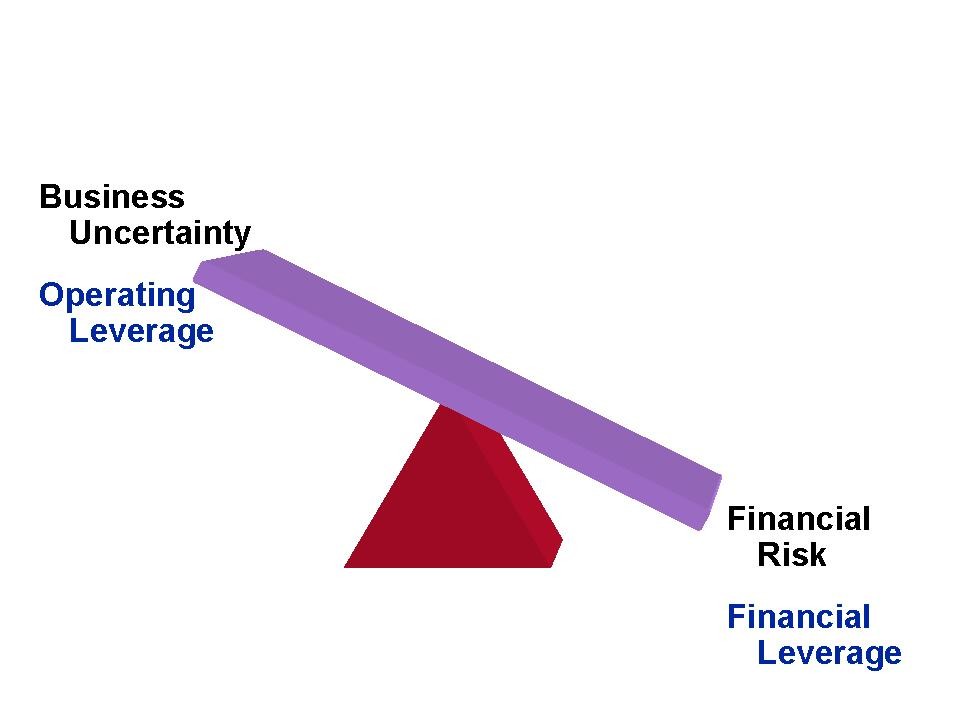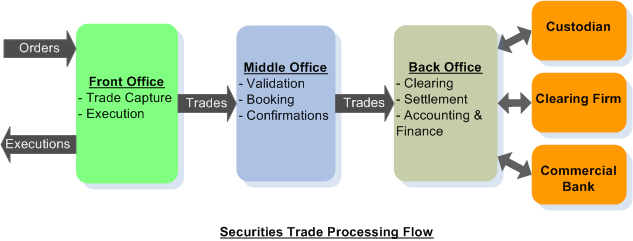Global Financial Markets by Ian Giddy
Post on: 6 Май, 2015 No Comment

About the Book
This book is about the financial markets, domestic and international, that are used by multinational corporations, government agencies, and banks in the conduct of their business. While it is not about financial management per se, it explains much about the markets in which corporate international financial managers have to deal. It is used in courses such as one taught by the author. The global financial markets include the market for foreign exchange, the Eurocurrency and related money markets, the international capital markets, notably the Eurobond and global equity markets, the commodity market and last but not least, the markets for forward contracts, options, swaps and other derivatives. The book seeks to explain how these markets work both in the context of basic principles of finance and by means of examples and applications. The aim of the book is to construct a story employing the most current state of the art in the markets themselves with a solid foundation of theory.
The markets and institutions of international finance have, in recent years, undergone significant changes. To great extent the institutions that dominated global finance in earlier decades—commercial banks and supranational organizations like the International Monetary Fund—have been displaced by disintermediated, private finance. There has been an enormous shift of expertise and market power away from banks and towards corporations. The latter increasingly issue commercial paper, bonds and medium term notes, and manage their financial risks internally. Some have created finance subsidiaries that have become powerful financial service firms in their own right. Banks’ functions have broadened accordingly: a few have become more like investment banks, performing underwriting and distribution of securities to investors rather than lending money themselves. Many have developed capabilities in risk management instruments, such as options, swaps and more complex derivatives. All successful market participants must have a far more sophisticated understanding of financial risks, and of the tools to manage them, than was once the case. The asset-liability management task in commercial banks has become more complex as the variety of products, both on and off their balance sheets, proliferates.
The International Monetary Fund, originally designed to resurrect the post-World War II international monetary system, has become a lender to less developed countries in financial distress and no longer performs in the main arena of the international financial circus. National capital markets have gained importance, to some extent at the expense of external markets like the Eurobond market, as barriers are eroded and domestic institutions face the harsh wind of international competition.
All these changes make the field one of continual excitement, a case study that never ends. Global Financial Markets is written in a style that reflects the author’s view that learning at its best is an active process, not passive absorption. Frequent examples, case studies and illustrations give the reader the opportunity to see the markets through the eyes of the practicing banker or corporate financial officer. In many cases these are thinly-disguised real life dilemmas faced by companies and banks. They invite the reader to work through the situations by proxy. Doing so helps one develop the mental skills and familiarity with techniques that are the true goals of the book.
As the Table of Contents suggests, the book is divided up into five major parts. Part I, the framework, includes the international financial system and the basic foundation markets of the system, the foreign exchange and international money markets. A newcomer to the field should certainly read these first, for much of the rest of the book relates back to the practices and principles described in these first chapters. Chapter Five, the last in the section, contains a simple framework that ties together some well-known relationships of the foreign exchange markets. It provides a good starting-point for Part II, which deals with currency forecasting and hedging tools such as forwards, futures and options. The three chapters in this section are must reading for anyone interested in the management of foreign exchange risk by corporations.
The third part of the book covers credit instruments such as multiple-option loan facilities, money market instruments such as Eurocommercial paper, and less developed country debt, all in the arena of international banking. Part IV is entitled The International Capital Market, and contains chapters on the global bond markets, the equity and commodity markets, and the burgeoning market for currency and interest rate swaps. Borrowers and investors worldwide have become increasingly reliant on the swap and capital markets described in these chapters, and financial institutions of all kinds are hastening to develop capabilities in the design and trading of capital market and derivative instruments.

Part V considers the use of the international money, capital and derivative markets by corporations and other borrowers. It offers a logical framework for selecting among the myriad choices available to major borrowers in today’s global market. Chapter Seventeen is devoted to explaining the role of financial innovations, including hybrid Eurobonds, in international corporate financing. As elsewhere in the book, the reader is given numerous opportunities to learn by example how the techniques work and how they are employed by companies and banks in practice.
The last section is designed for those who wish to review key concepts covered in the book. Chapter 18 provides a precis and recap, and is followed by a comprehensive glossary.
To order individual copies call 800-225-1464.
For information about academic purchases or adoption contact Faculty Services (1-800-733-1717), or fax them at 800-733-1810.














